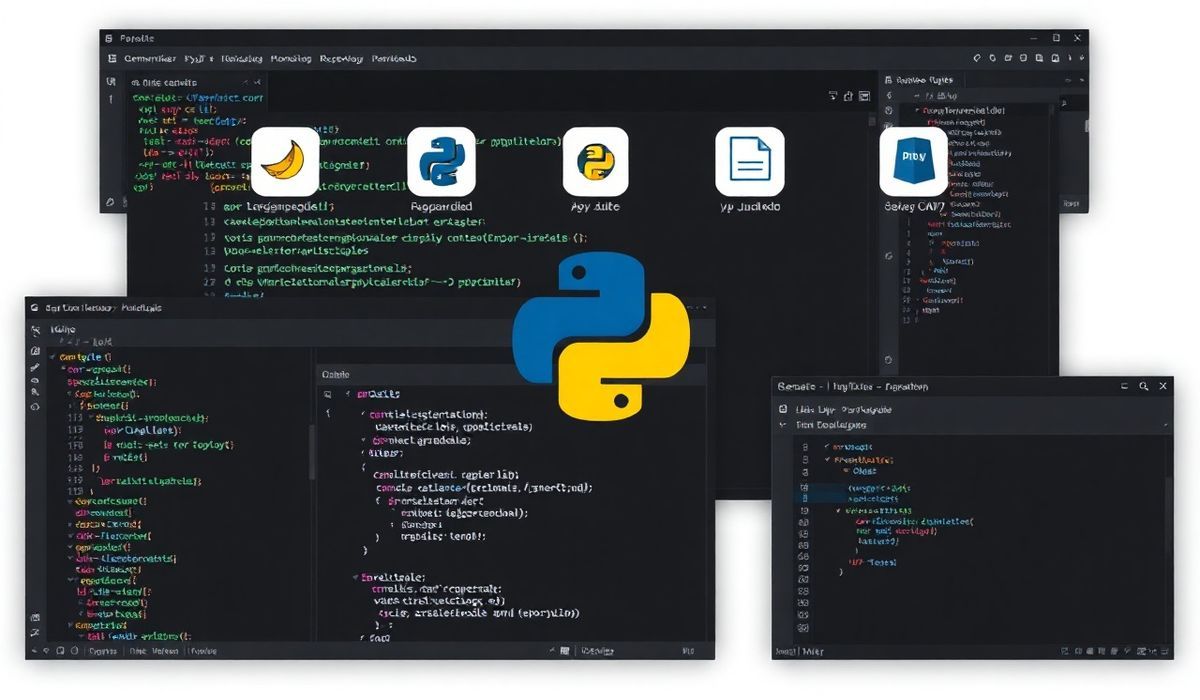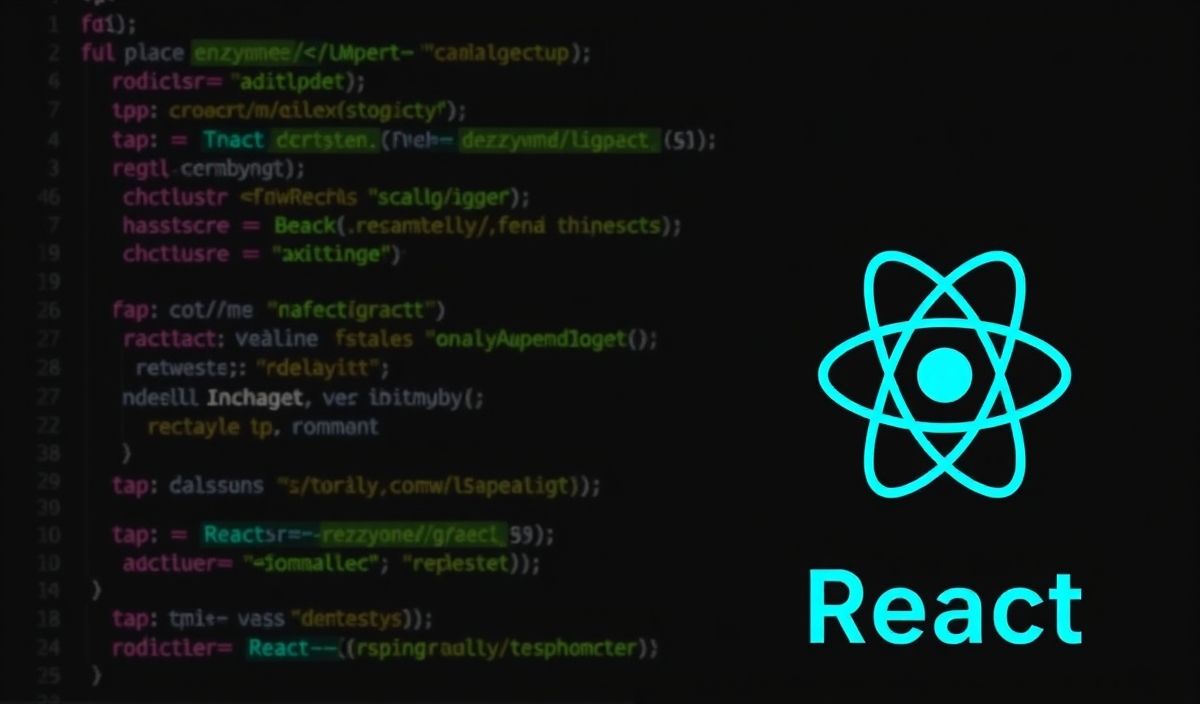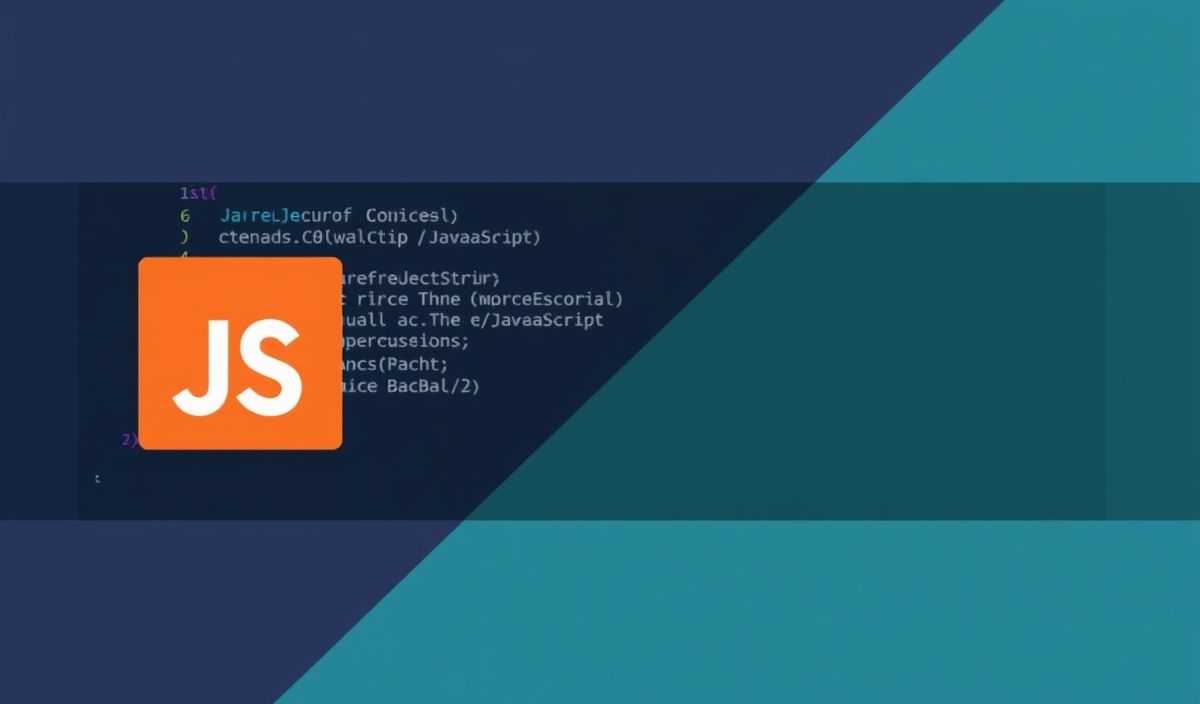Introduction to PyQt5 with Qt5
PyQt5 is a set of Python bindings for Qt5, a popular cross-platform framework for creating graphical user interfaces (GUIs). With PyQt5, developers can create highly interactive and visually appealing applications using Python. This tutorial will provide you with an extensive overview of PyQt5 and its powerful APIs, complete with examples and an application project to tie everything together.
Key Features of PyQt5
- Rich Widget Library
- Event Handling and Signals/Slots
- Customizable Styles and Themes
- Integration of Web Content
- Support for File Dialogs and Menus
- Graphics and Animation APIs
Dozens of APIs With Examples
1. Basic PyQt5 Window
Let’s start by creating a simple PyQt5 window using the QMainWindow class.
import sys
from PyQt5.QtWidgets import QApplication, QMainWindow
class MainWindow(QMainWindow):
def __init__(self):
super().__init__()
self.setWindowTitle("Basic Window")
self.resize(400, 300)
if __name__ == "__main__":
app = QApplication(sys.argv)
window = MainWindow()
window.show()
sys.exit(app.exec_())
2. Using Buttons and Signals
Here’s how to add a button and handle its click signal:
from PyQt5.QtWidgets import QPushButton
class MainWindow(QMainWindow):
def __init__(self):
super().__init__()
self.setWindowTitle("Signal Example")
button = QPushButton("Click Me", self)
button.clicked.connect(self.on_button_click)
def on_button_click(self):
print("Button was clicked!")
3. Incorporating Layouts
Layouts help arrange widgets neatly in a window:
from PyQt5.QtWidgets import QWidget, QVBoxLayout, QLabel
class MainWindow(QMainWindow):
def __init__(self):
super().__init__()
self.setWindowTitle("Layouts Example")
layout = QVBoxLayout()
layout.addWidget(QLabel("Label 1"))
layout.addWidget(QLabel("Label 2"))
layout.addWidget(QPushButton("A Button"))
central_widget = QWidget()
central_widget.setLayout(layout)
self.setCentralWidget(central_widget)
4. Working with File Dialogs
File dialogs enable users to open or save files easily:
from PyQt5.QtWidgets import QFileDialog
def open_file(self):
file_name, _ = QFileDialog.getOpenFileName(self, "Open File", "", "Text Files (*.txt);;All Files (*)")
if file_name:
print("Selected file:", file_name)
5. Displaying HTML Content with QWebEngineView
Render web content in your application:
from PyQt5.QtWebEngineWidgets import QWebEngineView
class MainWindow(QMainWindow):
def __init__(self):
super().__init__()
browser = QWebEngineView()
browser.setUrl("https://www.python.org")
self.setCentralWidget(browser)
6. Creating Menus and Toolbars
Menus and toolbars are essential for most applications:
class MainWindow(QMainWindow):
def __init__(self):
super().__init__()
menu = self.menuBar().addMenu("File")
menu.addAction("Open", self.open_file)
menu.addAction("Exit", self.close)
Example Application: A Note-Taking App
Let’s combine the learned concepts into a simple note-taking application.
class NoteApp(QMainWindow):
def __init__(self):
super().__init__()
self.setWindowTitle("NoteApp")
self.text_edit = QTextEdit(self)
self.setCentralWidget(self.text_edit)
menu = self.menuBar().addMenu("File")
menu.addAction("Save", self.save_note)
menu.addAction("Clear", self.clear_text)
def save_note(self):
file_name, _ = QFileDialog.getSaveFileName(self, "Save Note", "", "Text Files (*.txt);;All Files (*)")
if file_name:
with open(file_name, "w") as file:
file.write(self.text_edit.toPlainText())
def clear_text(self):
self.text_edit.clear()
if __name__ == "__main__":
app = QApplication(sys.argv)
window = NoteApp()
window.show()
sys.exit(app.exec_())
And that’s it! You now have a basic, functioning note-taking application built with PyQt5 and Qt5.
Conclusion
PyQt5 simplifies the process of creating powerful and visual Python applications. With its wide range of APIs, from event handling to browser integration, you can build any GUI application you can imagine. Experiment with the examples provided to get a solid understanding of PyQt5’s potential. Don’t forget to explore its official documentation for even more features!




